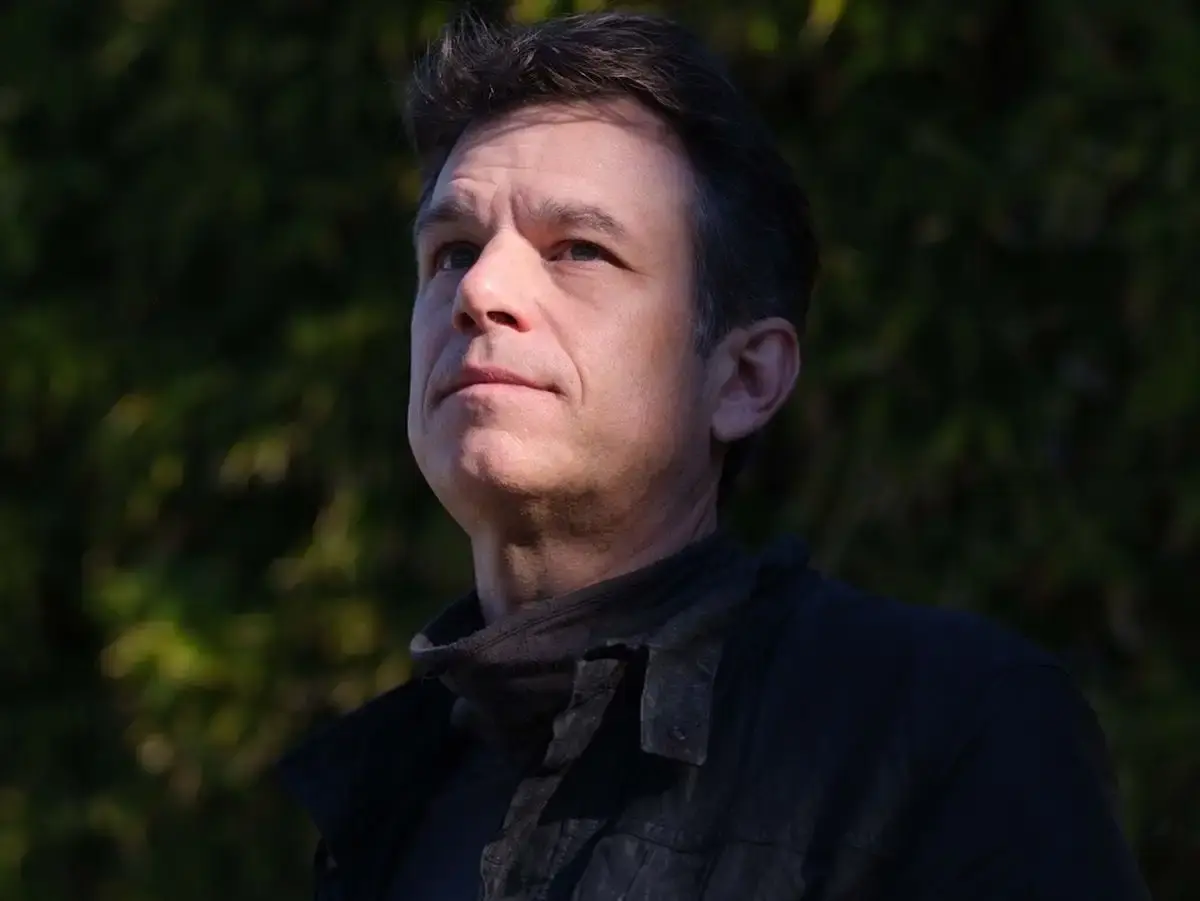The American Matthew Butterick has started a legal crusade against generative artificial intelligence (AI). In 2022, he filed the first lawsuit in the history of this field against Microsoft, one of the companies that develop these types of tools (GitHub Copilot). Today, he’s coordinating four class action lawsuits that bring together complaints filed by programmers, artists and writers.
If successful, he could force the companies responsible for applications such as ChatGPT or Midjourney to compensate thousands of creators. They may even have to retire their algorithms and retrain them with databases that don’t infringe on intellectual property rights.



Fair Use also protects commercial endeavors. Fair use is a flexible and context-dependent doctrine based on careful analysis of four factors: the purpose and character of the use, the nature of the copyrighted work, the amount and substantiality of the portion used, and the effect of the use upon the potential market. No one factor is more important than the others, and it is possible to have a fair use defense even if you do not meet all the criteria of fair use.
More importantly, I don’t think more works in a style would prevent an artist from making a living. IMO, it could serve as an ad to point people where to get “the genuine article”.
Agreed, but don’t forget that there are plenty of regular people training their own models and offering them to everyone for free who don’t have a company apparatus to defend them, and they are targeted and not spared this ire.
Making novel works has nothing in common with reproducing and distributed someone else’s creation. It is preserving the public’s rights to self-expression, no matter the medium. No artist can insert themselves in the conversation over a style to try to collect payment. Imagine if every one of their inspirations did the same to them?
Cubism is, in part, a combination of the simplified and angular forms of ancient Iberian sculptures, the stylized and abstract features of African tribal masks, and the flat and decorative compositions of Japanese prints. Nothing like it existed before because no one had combined those specific concepts quite yet.
It is still a human making generative art, and they can use their emotions and learned experiences to guide the creation of works. The model is just a tool to be harnessed by people.
New tools have already made what you’re talking about possible, and they will continue to improve.
I think we’re very much in “agree to disagree” territory here.
Yeah, I just want to let you know where I’m coming from. I hope I’ve made that clear.